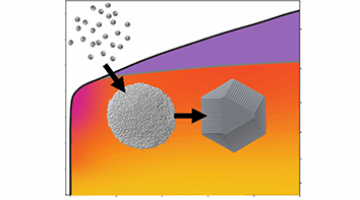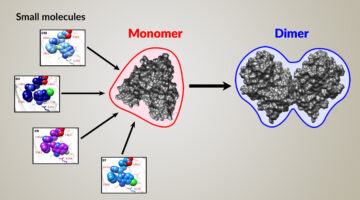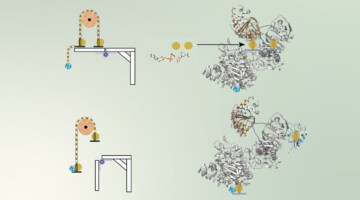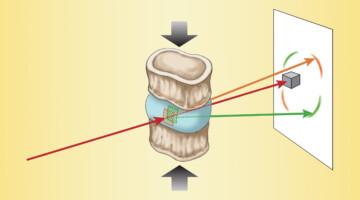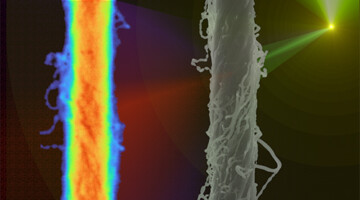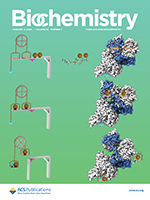Researchers used the Advanced Light Source to clarify how an unusual intermediate state accelerates the transformation of nanocrystals into a superlattice during a two-step process with fewer defects than a one-step process. Read more »![]()
Characterizing Membrane Fouling with Operando Experiments
Membrane filtration offers a cost-effective, energy-efficient approach to purify and desalinate water, but fouling limits the performance of these devices. A new study explored the new experimental design that allows one to study the dynamic fouling process in real time to improve the field’s understanding of how materials deposit, accumulate, and/or crystallize on the membrane’s surface. Read more »![]()
![]()
Greg Hura, SIBYLS Team Receive Halbach Award
Greg Hura and the Structurally Integrated BiologY for the Life Sciences (SIBYLS) team received the 2025 Klaus Halbach Award for Innovative Instrumentation at the recent 2025 User Meeting “for their pioneering work in developing the time-resolved, high-throughput, small-angle x-ray scattering (SAXS) technique at Beamline 12.3.1.” Read more »
From Sequence to Structure: A Fast Track for RNA Modeling
RNA isn’t just a genetic messenger—it also folds into complex shapes to drive vital biological processes. Scientists are just starting to understand the many functions of these molecules, and how we can harness them for applications in environmental science, agriculture, and medicine. A powerful new RNA structure prediction tool is here to help. Read more »
Advancing high-temperature electrostatic energy storage via linker engineering of metal–organic frameworks in polymer nanocomposites
High-performance, thermally resilient polymer dielectrics are essential for film capacitors used in advanced electronic devices and renewable energy systems, particularly at elevated temperatures where conventional polymers fail to perform. Herein, we unravel the untapped potential of UiO-66 metal–organic framework (MOF) derivatives as exceptional nanofillers for tuning the properties of the widely used polyetherimide (PEI). Read more »
Time-Resolved SAXS Screen of Small-Molecule Drug Candidates
Time-resolved, high-throughput, small-angle x-ray scattering improved the screening of small-molecule drug candidates, providing insight into how they stimulate structural transitions in protein targets. The work will speed the discovery of treatments designed to activate biomolecular dynamics associated with desired therapeutic outcomes. Read more »![]()
![]()
Bifurcation of High- and Low-Energy Electrons in Microbial Metabolism
A class of chemical reaction found only in biology, electron bifurcation channels two electrons from one donor to two separate acceptors, with one electron elevated in energy at the expense of lowering the energy of the second. Researchers used the ALS to study this process in a microbial protein involved in this bioenergetic pathway. Read more »
The Effects of Diabetes on Spinal-Column Biomechanics
Researchers found that type 2 diabetes induces earlier onset of plastic (nonrecoverable) deformation in intervertebral discs by impairing the biomechanical behavior of collagen. A greater understanding of the underlying causes of tissue failure in diabetes—a growing problem worldwide—is important in helping to prevent and treat symptoms. Read more »![]()
How Processing Affects Structure in Composite Nanotube Yarns
Using the ALS, researchers found quantitative correlations between processing parameters and the structure of ultrafine, polymer-reinforced carbon-nanotube fibers. The work will facilitate the production of high-strength materials, including those needed for positioning target capsules for fusion research at the National Ignition Facility. Read more »![]()
![]()
Correlating Conformational Equilibria with Catalysis in the Electron Bifurcating EtfABCX of Thermotoga maritima
Anaerobic SEC-MALS-SAXS at the SIBYLS beamline probes the conformational states behind electron bifurcation in the Thermotoga maritima EtfABCX, revealing insights on mechanisms at the thermodynamic limits of life. Shown are the bifurcation- and electron-conducting-like states experimentally observed for the first time in solution. Read more »
- 1
- 2
- 3
- …
- 8
- Next Page »
